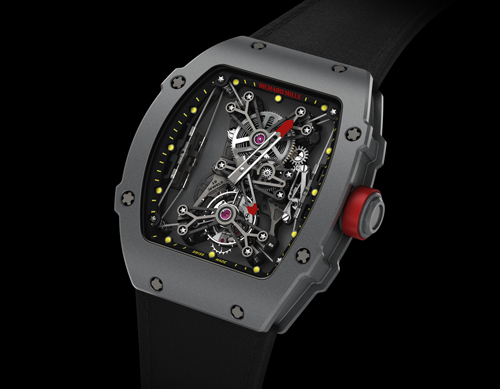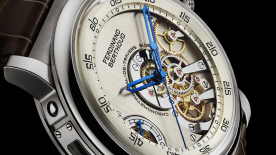Nonetheless, earlier watches already offered movements with complicated shapes for a perfectly simple reason: exponents of this art have always liked the idea that the calibre should occupy the entire space within the case. This is why the time measuring instruments – that were indeed more pieces of jewellery than watches – from the late Renaissance to the early 17th century sometimes incorporated mechanisms featuring overall volumes closely tailored to the interior of the meticulously crafted cases. This was especially common in the so-called Miséricorde (Mercy) models that were cross-shaped, skull-shaped or featured baroque motifs. The perfect match between the calibre and the outside made these true horological gems.
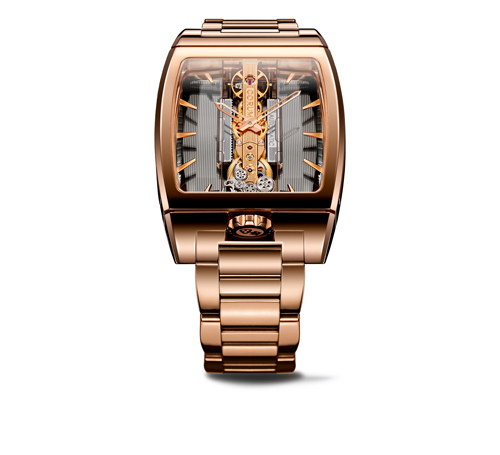
With the spread of pocket-watches, the 18th and 19th centuries saw less and less of these models equipped with movements, of which the distinctive shape precluded any series production.
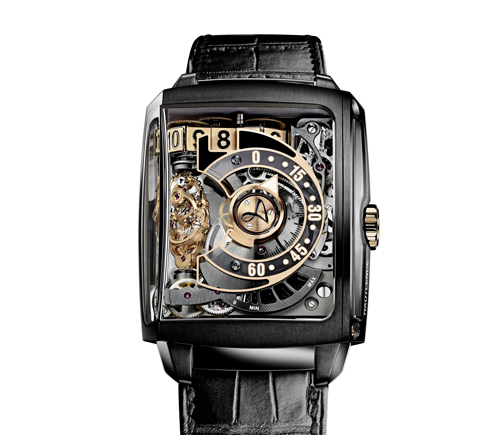
It was thus not until the emergence of wristwatches and particularly rectangular and tonneau-shaped models during the Art Deco period that watch brands once again began offering movements with shapes designed to match that of the case. The pursuit of perfection in terms of construction, firmly rooted in the minds of watchmaking aficionados, as well as the concern to fit normal-sized components within certain types of cases, led brands to develop various original movements. Just try putting a round calibre in a rectangular case! It can be done, but if the watch is normally sized, the mechanism will be ridiculously small and will entail placing the seconds hand (if it is not central) very close to the axis of the hours and minutes hands.
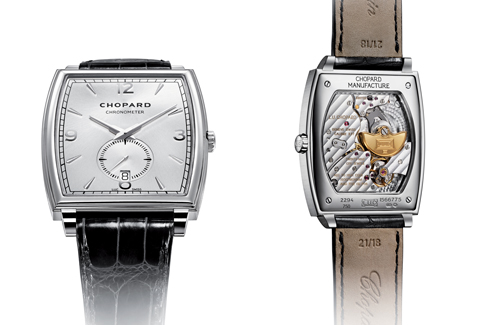
Today, many brands resort to small round automatic calibres placed in shaped watches, but the latter are often very large. Fortunately, some of the biggest names in the industry – because such an endeavour requires substantial means – apply their skills to developing shaped calibres to be fitted within contemporary instruments. While they naturally account for only a fraction of total production and most of them are hand-wound, the idea of treating such models to a fully integrated design is gradually making inroads. Chopard has for example introduced a L.U.C. tonneau-shaped calibre with a micro-rotor for the L.U.C XP Tonneau watch. Meanwhile, Corum has developed for its Golden Bridge a system inspired by the historical Rolls model in order to make the winding automatic, and this year, it is also offering an interesting alternative for the Ti-Bridge, in which the winding is handled via two oscillating weights connected by a transmission arbor.
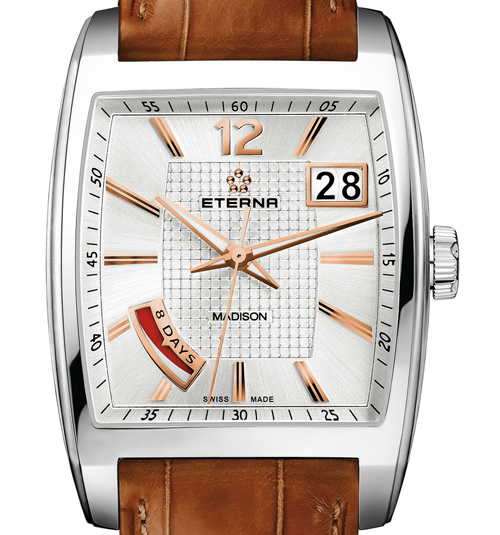
Obviously, brands such as Jaeger-LeCoultre with its Reverso and 101 calibres, Rolex with the Prince movement, as well as Patek Philippe with the Gondolo launched this year, are some of the historical Houses that have always offered calibres designed to fit square or rectangular cases. Today, a number of firms have developed or have in their pipeline certain mechanical calibres designed to power reasonably-sized rectangular, tonneau or waisted-type timekeeping instruments. Eterna has accomplished this with the calibre of the Eight Days Madison, while Baume & Mercier has chosen a hand-wound shaped calibre for the pink gold Hampton model inspired by a vintage piece.
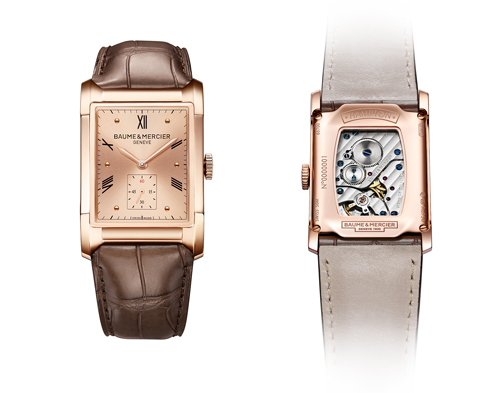
Well-known brands are virtually duty bound to have a certain range of such models in their collection in order to meet the expectations of watchmaking purists. Patek Philippe presented the Gondolo 5200 this year; and the Saxony-based A. Lange & Söhne has also for a long time had a shaped calibre for its Arkade collection; and Piaget has the world’s thinnest shaped tourbillon calibre for its Emperador Tourbillon Moon.
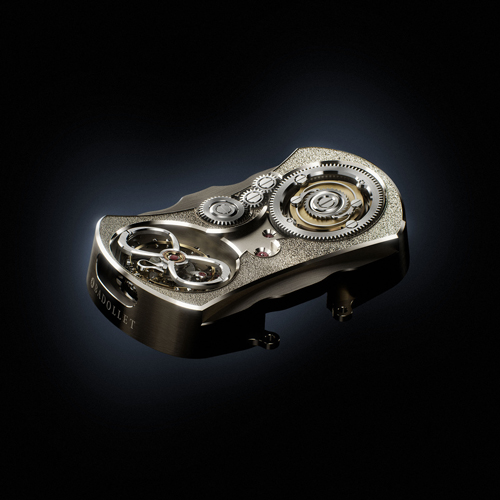
Moreover, youthful brands such as Hautlence are keeping pace with their long-established counterparts. They also dare to produce shaped movements in order to appeal to an audience that might appear to be somewhat bored by a widespread tendency towards conformity. The aim is clearly to offer something more sensational through the so-called “new horology” approach. Such is the path adopted by Badollet with its highly distinctive Ivresse model, as well as by Richard Mille that focuses on unusual calibres featuring a shape matching that of the case, such as on the RM 27 that has become instantly identifiable, particularly when worn by certain world-class athletes.
